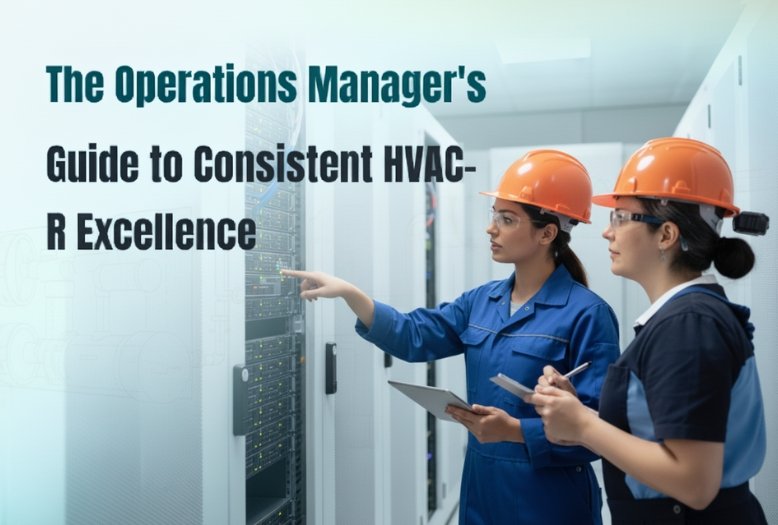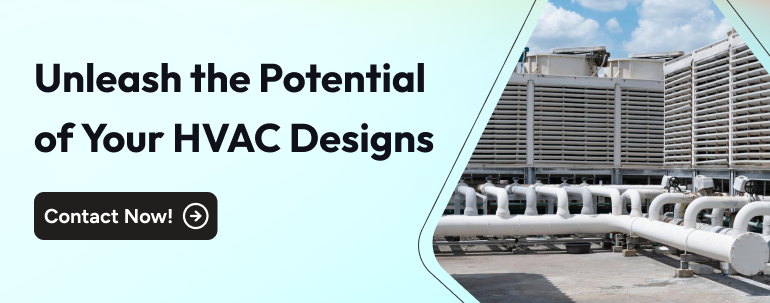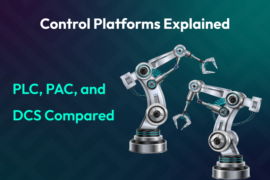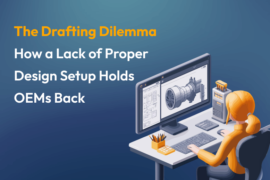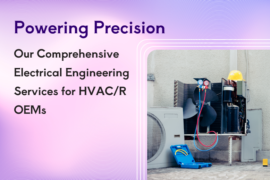Has your business ever taken a hit because teams in different cities don’t deliver the same quality? If you’re managing HVAC-R installations across multiple locations, you’ve likely experienced the frustration of watching your brand’s reputation suffer because one team’s “standard” procedure looks completely different from another’s. You’re not alone in this struggle. We know that maintaining consistent quality standards between teams across multiple sites is one of the most challenging aspects of modern HVAC-R operations managers.
Smaller organizations typically rely on leaner systems, which can make it more challenging to maintain identical procedures and consistent results across different locations. This leads to siloed teams developing their own practices over time. What starts as minor procedural variations have the potential to evolve into significant quality inconsistencies that directly impact customer satisfaction and your bottom line.
1. The Four Pillars of Multi-Location Quality Challenges
1. Documentation Standardization: The Foundation That’s Often Missing
The biggest hurdle you’ll face as an operations managers is achieving true documentation standardization across all locations. Over time, different teams naturally develop their own shortcuts, interpretations, and even their own versions of installation guides. What should be a universal set of procedures becomes a collection of location-specific practices, each slightly different from the others.
This fragmentation sets off a chain reaction throughout your entire operations. When your general assembly drawings vary between locations, or when installation teams interpret HVAC equipment design and BOMs differently, you’re essentially running multiple versions of the same business under one brand name. The result? Customers receive different experiences depending on which team handles their project. And your quality control becomes nearly impossible to manage effectively.
2. Training Coordination: The Resource Drain
Coordinating training across multiple locations requires significant resources and careful scheduling to minimize disruption to ongoing projects. Sure, you could fly everyone in for training if you’ve got a spare jet lying around. Otherwise, be prepared for each branch to invent their own ‘standard procedure.’
Without standardized documentation as your foundation. You’re essentially trying to teach multiple versions of the same procedures, making it impossible for operations managers to ensure consistent knowledge transfer across your organization.
3. Remote Quality Monitoring: Beyond Physical Oversight
Operations managers simply cannot personally oversee every installation across multiple locations. Traditional quality assurance methods rely heavily on direct observation and immediate feedback, an approach that’s hard to scale. This poses a considerable obstacle to ensuring consistent quality standards.
Remote quality monitoring isn’t just about technology. It’s about creating systems that provide visibility into work quality without requiring your physical presence. To prevent remote inspections from turning into guesswork, establish thorough documentation and clear quality checkpoints.
4. Customer Experience Consistency: Your Brand’s Reputation at Stake
A core aspect is ensuring consistent customer experiences across all locations. From the client’s perspective, the experience should be seamless regardless of who delivers it. When installation procedures vary between locations, a customer’s experience inevitably varies as well. This directly impacts your brand reputation and could affect customer retention.
2. Building Your Quality Control Foundation: Documentation Driven Solutions For Operations Managers
1. Standardized Documentation: Your Single Source of Truth
The solution to multi-location quality control starts with creating comprehensive, unambiguous documentation that serves as the single central reference point for all your teams. Every procedure, from initial site assessment to final system testing, needs to be clearly defined with step-by-step instructions, required tools, and quality checkpoints.
This documentation should include detailed drawings that eliminate guesswork and ensure every technician, regardless of location, is working from identical specifications. When your engineering documents provide crystal clear component details, connection specifications, and installation requirements, the likelihood of quality variations decreases significantly.
Consider developing a master documentation system that includes both universal procedures and location-specific addendums for legitimate regional differences like local building codes. This approach maintains consistency in critical areas while acknowledging necessary variations, giving operations managers the clarity they need to enforce standards.
2. Streamlined Training Through Documentation
Your training programs become more efficient and effective after standardization. Training sessions tailored to specific locations often differ across regions. They don’t have to become expensive if you develop consistent, document-driven training modules that reference the same detailed CAD files and procedural guides.
This approach creates a hybrid training system where your teams gain the best theoretical knowledge through digital modules and pragmatic solutions via hands-on application sessions that use your standardized documentation as the guide. The result is a uniform understanding of installation protocols across all locations, regardless of who delivers the training.
3. Technology-Enhanced Remote Monitoring
New technology integration is only worth it if it enhances the process rather than complicating it. When every component, connection, and dimension is precisely documented, supervisors can conduct effective virtual checks, review progress photos against accurate drawings, and provide problem-specific feedback.
Real-time visibility into project progress is possible with digital reporting systems. Technicians can use mobile apps to follow standard procedures, log their work instantly, and highlight issues as they happen. All this is happening while you’re building a concrete record of compliance.
4. Creating a Culture of Quality Excellence
Technology and procedures are important, but sustainable QC ultimately depends on building a culture of quality excellence that’s consistently reinforced across all locations. This culture starts with clear expectations and consistent reinforcement. Every team member must understand not just what quality standards are required, but why they matter to customer satisfaction and ultimately client retention.
Establish regular quality review meetings that include reps from all locations. Stay focused on exchanging best practices and uncovering areas for improvement. When one location develops an effective solution, figure out if it’s good enough to be implemented across all locations to continuously raise the bar for everyone.
3. The Strategy Summed Up – Guide Operations Managers

Phase 1: Documentation Audit and Standardization
Begin by conducting a comprehensive audit of all existing documentation across your locations. Detects inconsistencies in procedures, drawings, and quality standards. Develop a master set of standardized documents that incorporates the best practices from each location while eliminating inconsistencies.
Phase 2: Technology Integration
Implement digital systems that support your standardized documentation and enable effective remote monitoring. Look for solutions that integrate with your existing systems while providing the specific capabilities needed for multi-location management, including offline functionality for field use.
Phase 3: Training Rollout
Deploy your new standardized training program systematically, starting with team leaders who can champion the changes at each location. Use your standardized documentation as the foundation for all training materials, ensuring consistent knowledge transfer regardless of who delivers the training.
Phase 4: Continuous Improvement
Establish ongoing quality review processes that monitor consistency across locations and identify opportunities for improvement. Regular feedback from both teams and customers provides valuable insights into how well your standardization efforts are working in practice.
Asset-Eyes: Your Partner in Documentation Excellence
Achieving consistent system deployment quality across multiple locations fundamentally depends on having precise, standardized documentation that serves as your single definitive guide. This is where Asset-Eyes helps you build that foundation. Our specialized CAD drafting services provide the foundational clarity your operations need to bridge the gap between varying regional practices and unified excellence.
At Asset-Eyes, we understand that inconsistent documentation leads to inconsistent results. Our team specializes in creating detailed, unambiguous drawings and specifications including meticulous general assembly drawing and component specifications.
Our role is to eliminate documentation variability by providing manufacturing-ready drawings that leave no room for interpretation. When you partner with Asset-Eyes, you empower your teams with what they need to follow identical procedures, minimize errors, and achieve consistently high quality results across all locations.
Final Thoughts
Maintaining quality control across multiple locations requires strong leadership to incorporate a systematic approach that combines standardized procedures, effective training, and remote monitoring capabilities. The challenges are significant but manageable when organizations successfully implement the comprehensive QC systems mentioned.
The investment made to get it right from the get-go pays dividends through reduced rework, improved customer satisfaction, and enhanced brand reputation. Start by assessing what you are doing well right now and where there is scope for improvement. Pay attention to gaps between locations, then systematically address these gaps through improved documentation, training, and monitoring systems.
Contact Us Now:
📞 +91 9840895134

